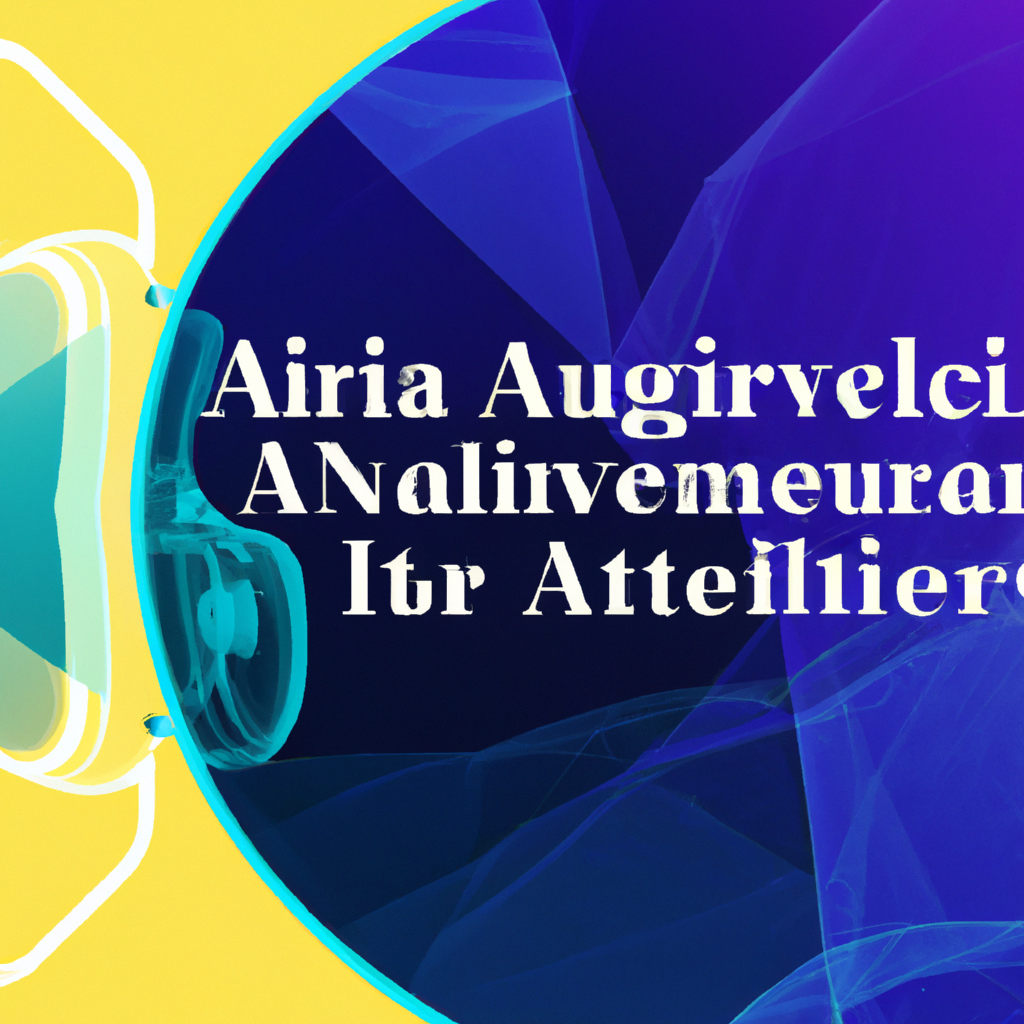Exploring the Applications of Artificial Intelligence in Virtual Reality
Table of Contents
Exploring the Applications of Artificial Intelligence in Virtual Reality
# Abstract:
Artificial Intelligence (AI) and Virtual Reality (VR) are two of the most revolutionary technologies of our time. AI has the capability to mimic human intelligence, while VR provides an immersive and interactive experience. When these two technologies combine, they have the potential to create groundbreaking applications that can transform various industries. This article delves into the applications of AI in VR and explores the possibilities it presents in different domains.
# 1. Introduction:
Virtual Reality has come a long way since its inception, and with the advent of AI, new dimensions have opened up for its applications. AI techniques, including machine learning and natural language processing, have the potential to enhance the capabilities of VR systems, making them more intelligent, user-friendly, and interactive. This article explores the various applications of AI in VR and their impact on different domains.
# 2. AI-based Interactive Virtual Environments:
AI can enhance the interactivity and immersion of virtual environments by creating intelligent and responsive virtual characters. These characters can exhibit human-like behavior, understand and respond to natural language, and adapt their actions based on the user’s gestures and emotions. AI-powered virtual characters can be applied in gaming, training simulations, and therapy sessions, providing a realistic and engaging experience for users.
# 3. Intelligent User Interfaces in VR:
Traditional user interfaces in VR can sometimes be clunky and limit the user’s ability to interact naturally with the virtual environment. AI can improve user interfaces by incorporating gesture recognition, voice commands, and natural language processing. This enables users to interact with the VR environment more naturally and intuitively, enhancing the overall user experience.
# 4. AI-driven Personalized Content Generation:
AI algorithms can analyze user preferences and behaviors to generate personalized content in VR environments. This can include personalized gaming experiences, tailored training simulations, and customized virtual tours. By adapting the content to individual users, AI can provide more engaging and relevant experiences, increasing user satisfaction and retention.
# 5. AI-powered Real-time Object Recognition:
Object recognition is a crucial aspect of VR, as it allows the system to identify and interact with virtual objects. AI algorithms can be trained to recognize objects in real-time, enabling more realistic and interactive virtual environments. This has applications in gaming, medical simulations, and architectural design, where users can interact with virtual objects as if they were real.
# 6. AI-enhanced Immersive Education:
AI can revolutionize the way we learn and train by incorporating VR into educational settings. Virtual classrooms can provide immersive learning experiences, allowing students to interact with virtual objects and environments. AI algorithms can personalize the learning experience, providing tailored feedback and adapting the difficulty level based on individual student performance. This can lead to more effective and engaging learning outcomes.
# 7. AI-assisted Healthcare in VR:
Virtual Reality has shown promising results in healthcare, from pain management to rehabilitation. AI can further enhance the capabilities of VR in healthcare by analyzing patient data, monitoring vital signs, and providing real-time feedback and guidance. This can enable personalized rehabilitation programs, remote consultations, and improved treatment outcomes.
# 8. Challenges and Ethical Considerations:
While AI-powered VR applications hold immense potential, there are several challenges and ethical considerations that need to be addressed. Privacy concerns, data security, and potential biases in AI algorithms are some of the key challenges that need to be overcome. Additionally, ethical considerations such as consent and transparency in AI decision-making should be carefully considered when designing AI-powered VR systems.
# 9. Conclusion:
The combination of Artificial Intelligence and Virtual Reality has the potential to revolutionize various industries and domains. From gaming and education to healthcare and simulations, AI-powered VR applications can provide immersive, interactive, and personalized experiences. However, it is crucial to address the challenges and ethical considerations associated with these technologies to ensure their responsible and beneficial use. As research and development in AI and VR continue to progress, we can expect to witness even more exciting applications and advancements in the future.
# Conclusion
That its folks! Thank you for following up until here, and if you have any question or just want to chat, send me a message on GitHub of this project or an email. Am I doing it right?
https://github.com/lbenicio.github.io

